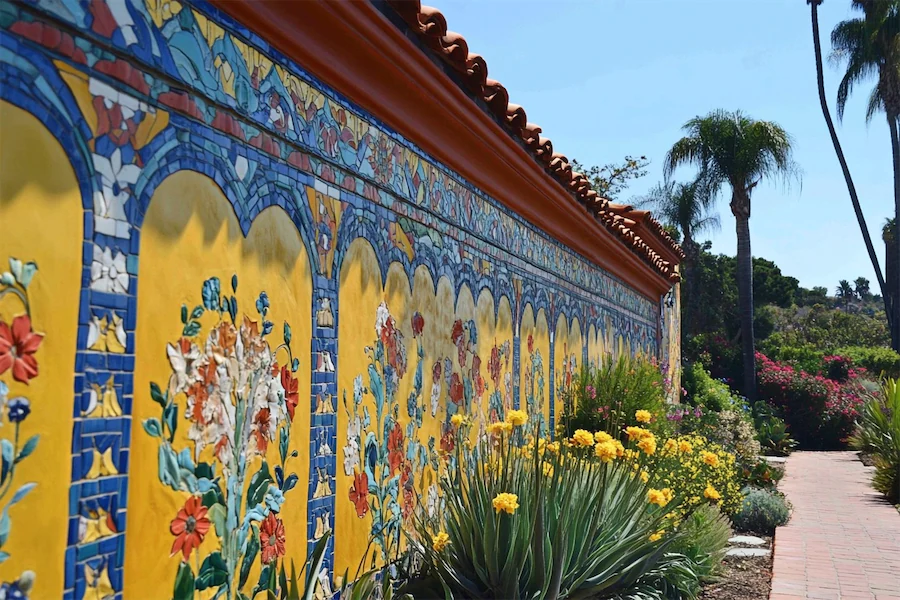Mission Revival wall designs emerged in the late 19th century, drawing inspiration from the Spanish missions established in California during the 18th and early 19th centuries. This architectural style sought to revive and reinterpret the simplicity and functionality of mission structures, adapting them to contemporary needs while preserving their historical essence.
History and Origins of Mission Revival Wall Designs
The Mission Revival style gained popularity as architects and builders looked to the historical missions for design inspiration, aiming to create structures that reflected the cultural heritage of the American Southwest. This movement was part of a broader trend of embracing regional architectural identities, moving away from imported East Coast styles.
Key Features of Mission Revival Wall Designs
Mission Revival wall designs are characterized by several distinctive features:
- Smooth Stucco Walls: Walls are typically finished with smooth stucco, mimicking the adobe construction of original mission buildings. This finish not only provides a clean and uniform appearance but also helps in regulating indoor temperatures.
- Arched Openings: Doorways and windows often feature arches, reflecting the Romanesque influences seen in mission architecture. These arches add softness to the structural design and create a sense of grandeur.
- Decorative Parapets: Walls may extend above the roofline to form shaped parapets, often with curved or scalloped designs. These parapets are iconic elements that distinguish Mission Revival from other styles.
- Red Tile Roofs: While primarily a roofing feature, the red clay tiles often extend to cover wall surfaces in certain design elements, contributing to the cohesive aesthetic of the style.
Applications of Mission Revival Wall Designs
Mission Revival wall designs have been applied in various contexts, including:
- Residential Buildings: Homes incorporate stucco walls and arched openings to evoke the charm and simplicity of mission architecture, creating inviting and historically resonant living spaces.
- Commercial Structures: Buildings such as hotels and offices adopt Mission Revival elements to establish a regional identity and appeal, often using stucco finishes and decorative parapets to enhance their facades.
- Public Buildings: Schools and government facilities have employed this style to convey a sense of tradition and stability, utilizing the characteristic wall designs to create familiar and enduring structures.
Considerations When Choosing Mission Revival Wall Designs
When selecting Mission Revival wall designs, consider the following:
- Climate Compatibility: The stucco finish is well-suited for arid climates but may require additional maintenance in wetter regions to prevent moisture intrusion.
- Historical Context: Incorporating authentic design elements can enhance the historical accuracy and aesthetic appeal of the structure, contributing to the preservation of regional architectural heritage.
- Material Quality: Using high-quality materials ensures durability and longevity, maintaining the integrity of the design over time.
Conclusion
Mission Revival wall designs offer a harmonious blend of historical reverence and practical aesthetics. By embracing elements such as smooth stucco finishes, arched openings, and decorative parapets, this style creates structures that are both timeless and regionally significant.
